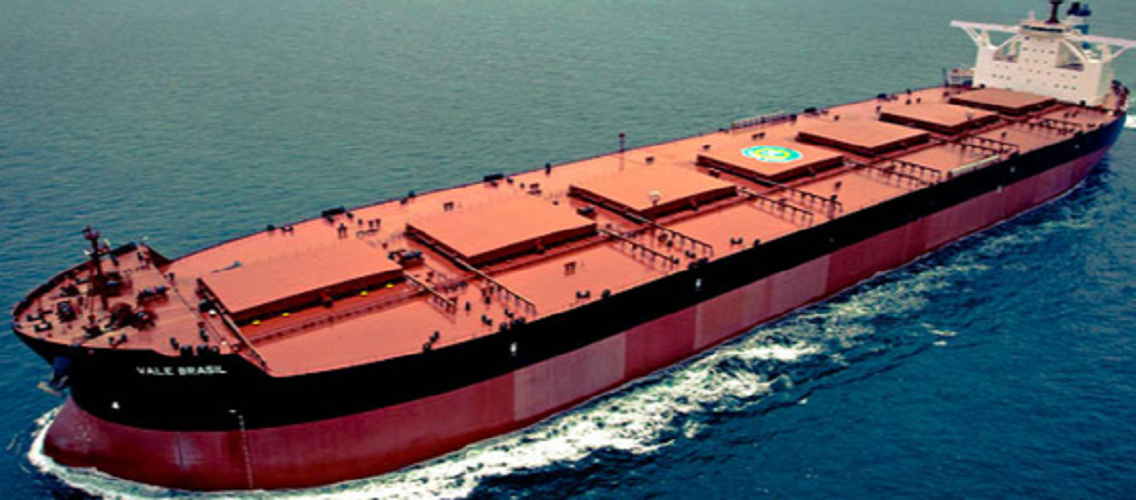
“Superships” can reduce emissions from agricultural trade
Nov, 30, 2021 Posted by Ruth HollardWeek 202146
In addition to reducing the emission of greenhouse gases with the adoption of better livestock practices, Brazil can contribute to global decarbonization through the use of larger ships in agribusiness exports.
Simulations carried out by the Research and Extension Group in Agroindustrial Logistics of the “Luiz de Queiroz” College of Agriculture (EsalqLog) show that the use of Capesize-type vessels (bulk carriers with a capacity of up to 200,000 tons) can reduce CO2 emissions by 31% compared to Panamax, which have the capacity to transport between 60,000 and 70,000 tons and are currently the most used models for shipments to China. In addition to the environmental gains, the replacement would reduce the logistical cost by 12.5%.
According to researcher Thiago Péra, coordinator of EsalqLog, 80% of the logistical cost of Brazilian soy to supply China is concentrated in the internal transport of production to Brazil’s ports, by roads and railways, and only 20% is due to maritime costs. But this relationship is inverted when the analysis involves greenhouse gas emissions since 75% of them are concentrated in maritime transport.
“It’s a win-win game. Replacing larger ships in agricultural bulk logistics results in environmental and financial benefits,” he says. Péra notes that the mining and oil sectors have already done their homework and are using Capesize – Vale, for example, has a colossus with a capacity of up to 400 thousand tons.
If substitution would bring such gains to agro, why has it not happened yet? The big problem is that both Brazil and the importing country need to have ports with the capacity to receive these ships, and there are few options so far. In Brazil, only the terminals of Barcarena (PA), Itaqui (MA) and Cotegipe (BA) and the Terminal of Tubarão (ES) have are able to receive the “superships”.
In Aracruz, Espírito Santo, a new generation private terminal complex is under construction, Porto Imetame, which is the first planned to operate large bulk carriers in Brazil. The project is in line with the recommendations of the International Maritime Organization, which aims to reduce greenhouse gas emissions by 70% by 2030. There, the depth will be 17 meters.
Refurbishments are not an option
Refurbishing existing terminals is not an option. The ports of Santos (SP) and Paranaguá (PR), for example, do not have the conditions for an expansion capable of receiving such vessels. The problem also occurs in other regions of the world. “The question is who is going to build new terminals to load these ships, and where to go. Who will bear this cost?” asks Claudio Loureiro de Souza, executive director of the National Transatlantic Navigation Center (CentroNave).
Source: Valor Econômico
To read the full original article, access the link: https://valor.globo.com/agronegocios/noticia/2021/11/30/supernavios-podem-redutor-emissoes-no-comercio-agricola.ghtml
-
Trade Regulations
Jun, 17, 2020
0
Federal government launches `Operation Asia` to combat foreign trade fraud worth billions
-
Other Cargo
Nov, 27, 2019
0
Government studies to release export of in natura wood from the Amazon
-
Blog News (ENG)
Jul, 06, 2022
0
Gov’t confirms EU may suspend lime imports from Brazil
-
Grains
Oct, 26, 2021
0
33% of Brazilian territory is made up of areas with native vegetation that is preserved on rural properties


